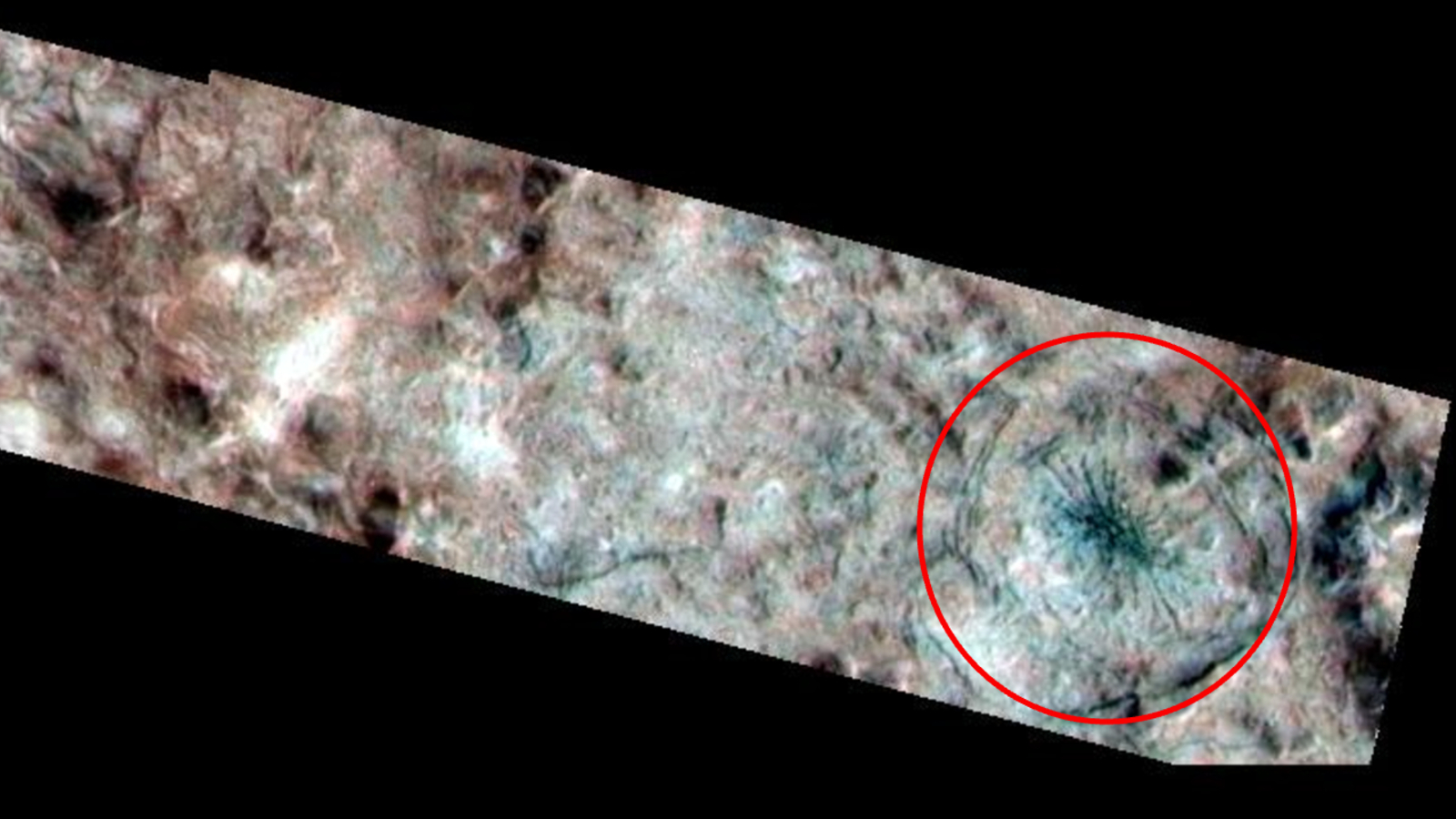In Photos: Litter Transforms Into Sea Creatures in Stunning Shots
Beyond drifting
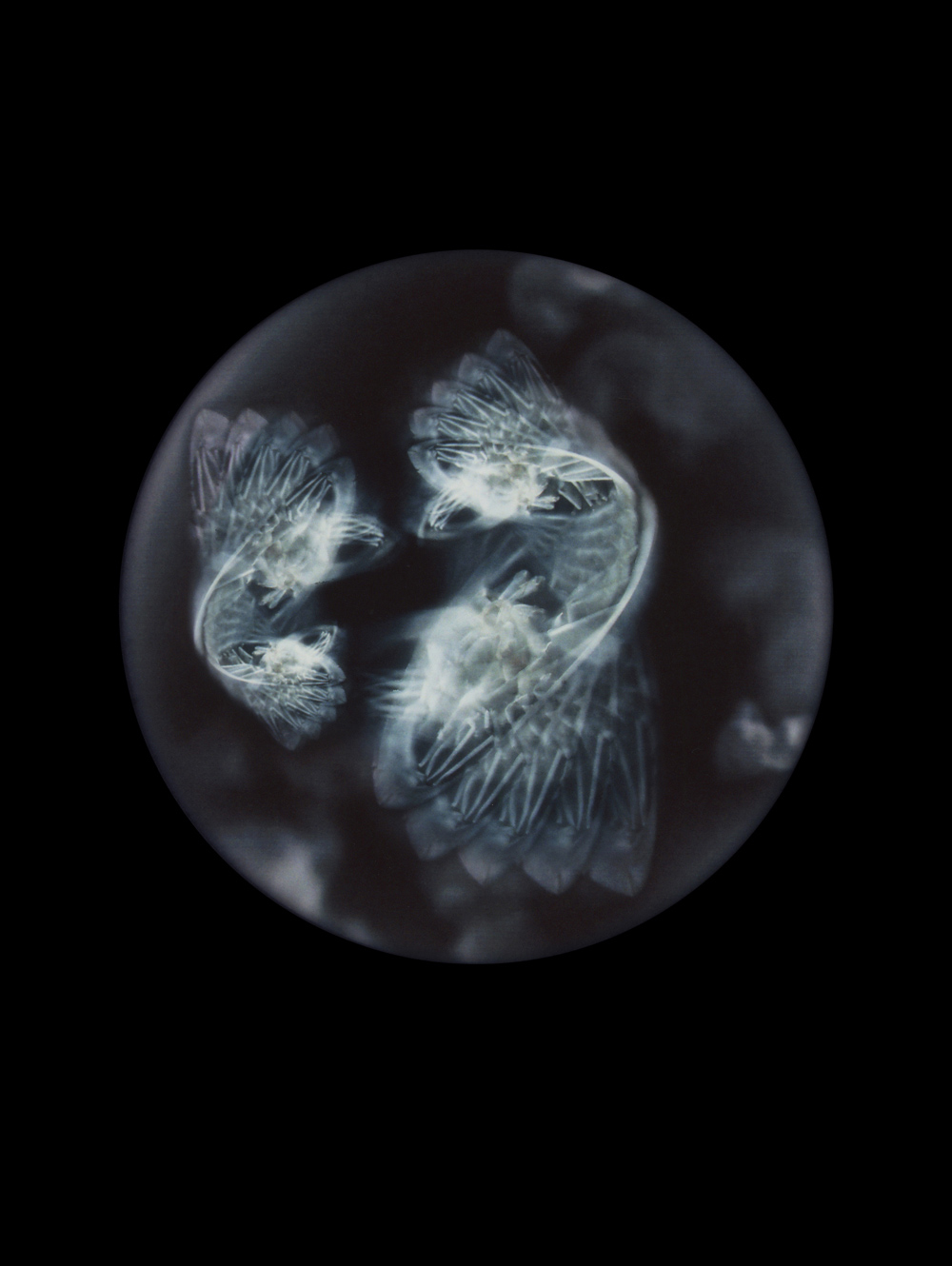
Artist Mandy Barker has used her photographic talents to capture bits of ocean flotsam — such as stroller wheels, toy horses, burnt plastic flowers and six-pack rings — and transform them into plankton-like sea creatures. Barker's art exhibit will be published in the book "Beyond Drifting: Imperfectly Known Animals" (Overlapse, forthcoming May 2017).
Here, Ophelia medustica, a specimen collected from Glounthaune shoreline, Cove or Cork, Ireland, was made of a stroller wheel.
Nebula
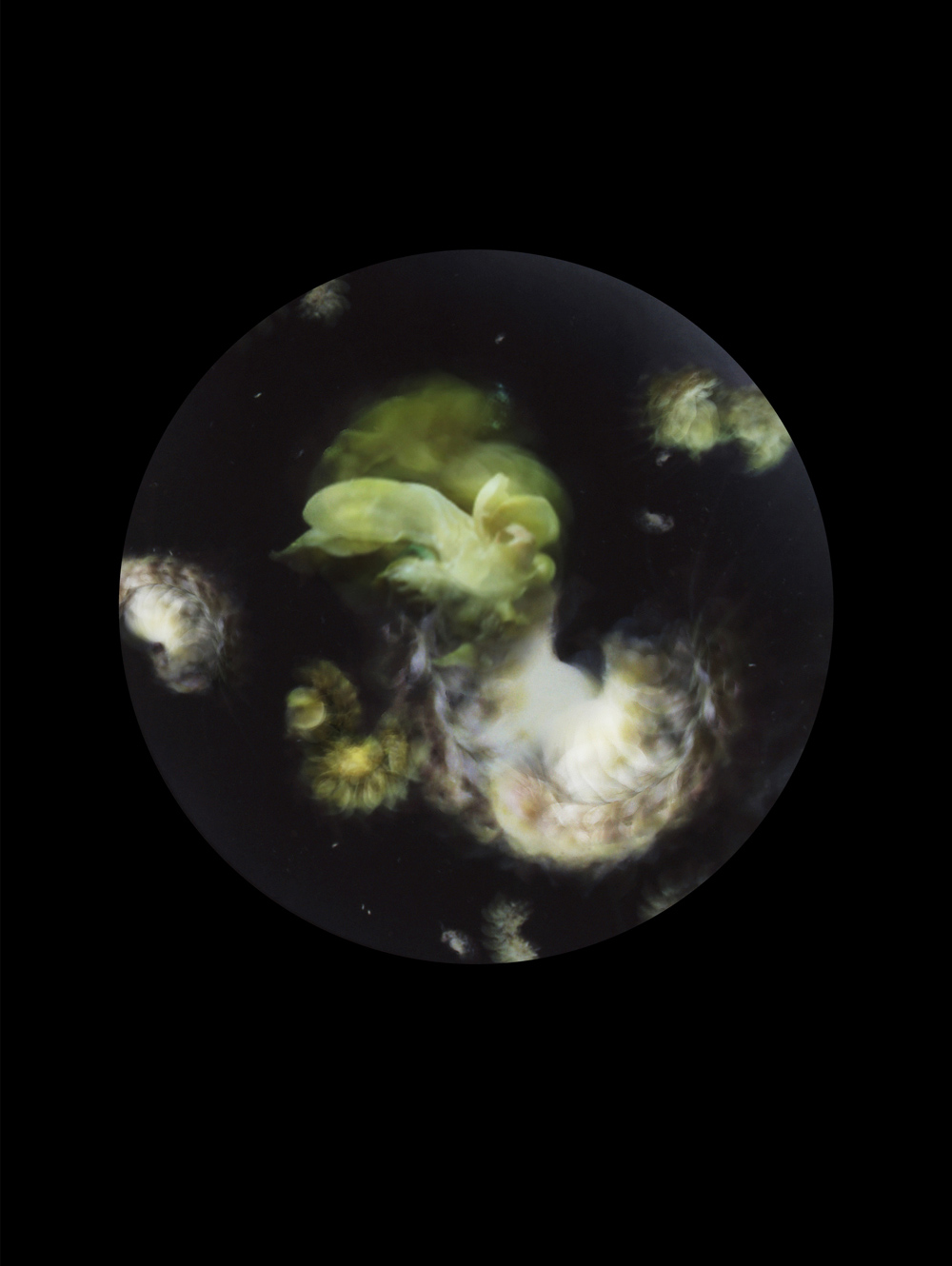
Nebulae plaurosbrathic, collected from Carrigaloe estuary, Cove of Cork, Ireland, was formed from a group of partially burnt flowers.
Pretty plankton
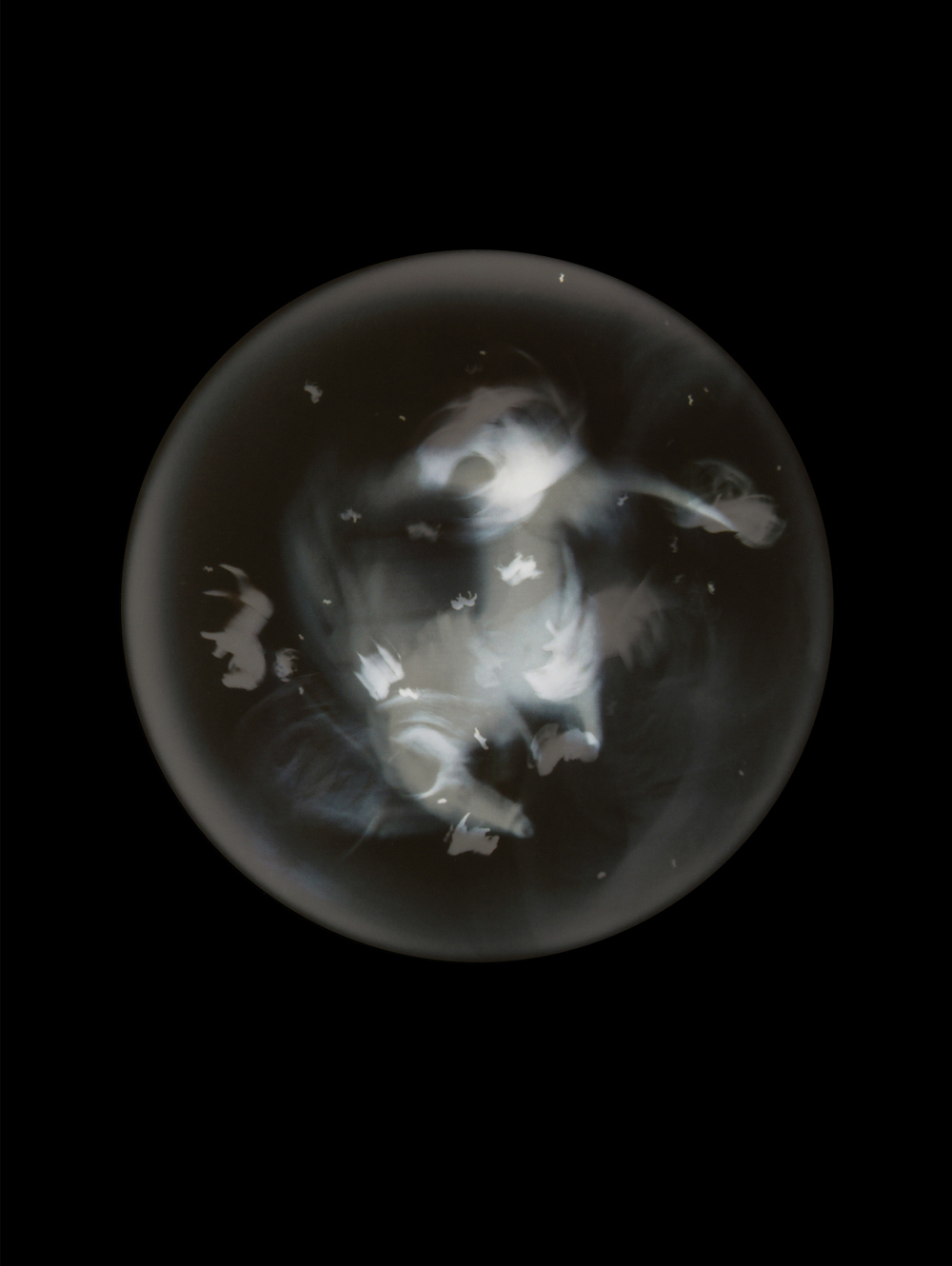
Plamacina retroversta ic. III, another view of the white plastic horse transformed into a drifting piece of plankton.
Burnt flower
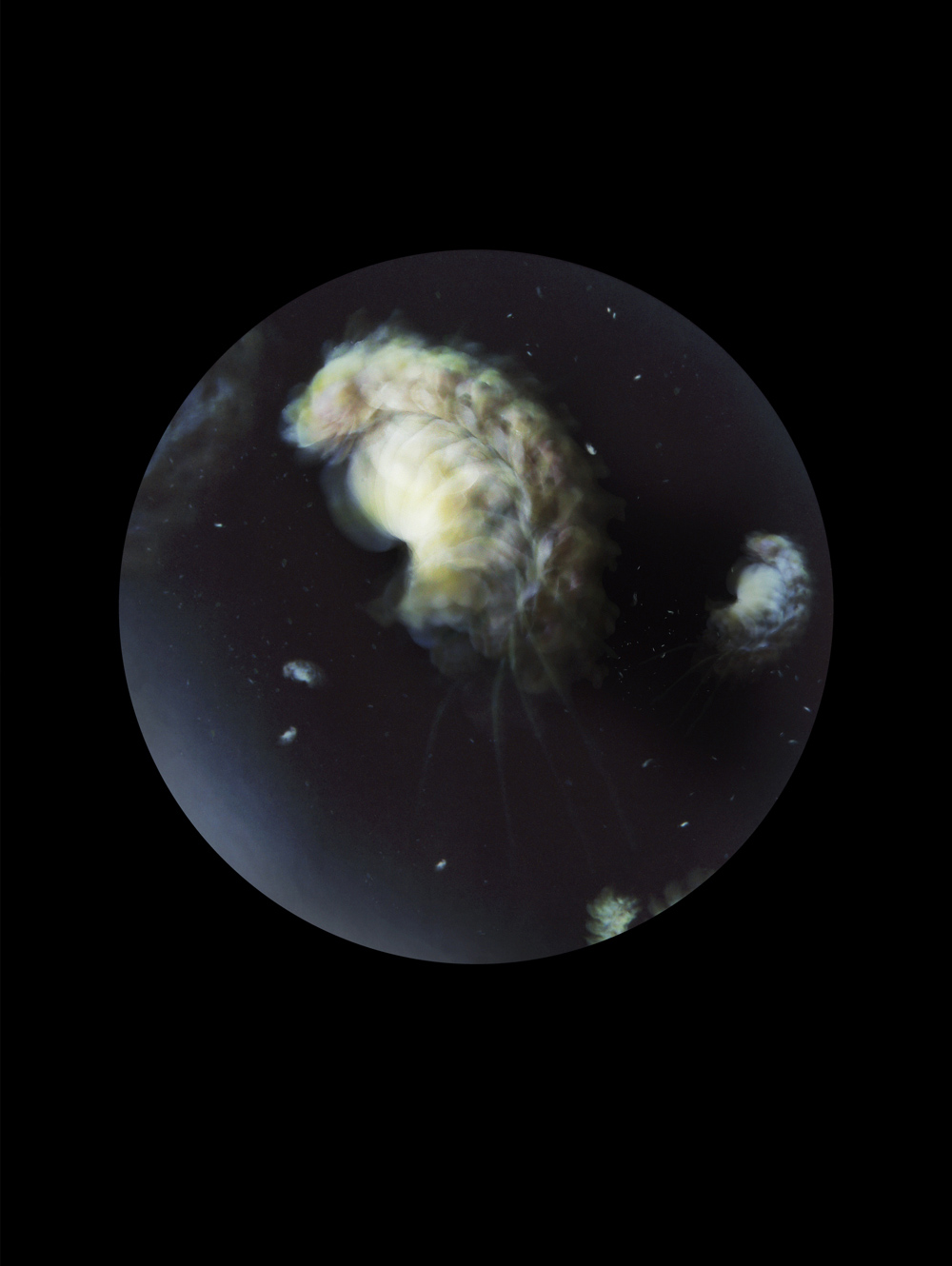
Pleurobrachia stileucae, a fantastical type of plankton formed is created from a partially burnt plastic flower collected from the Carrigaloe estuary, Cove of Cork, Ireland.
Plastic horse
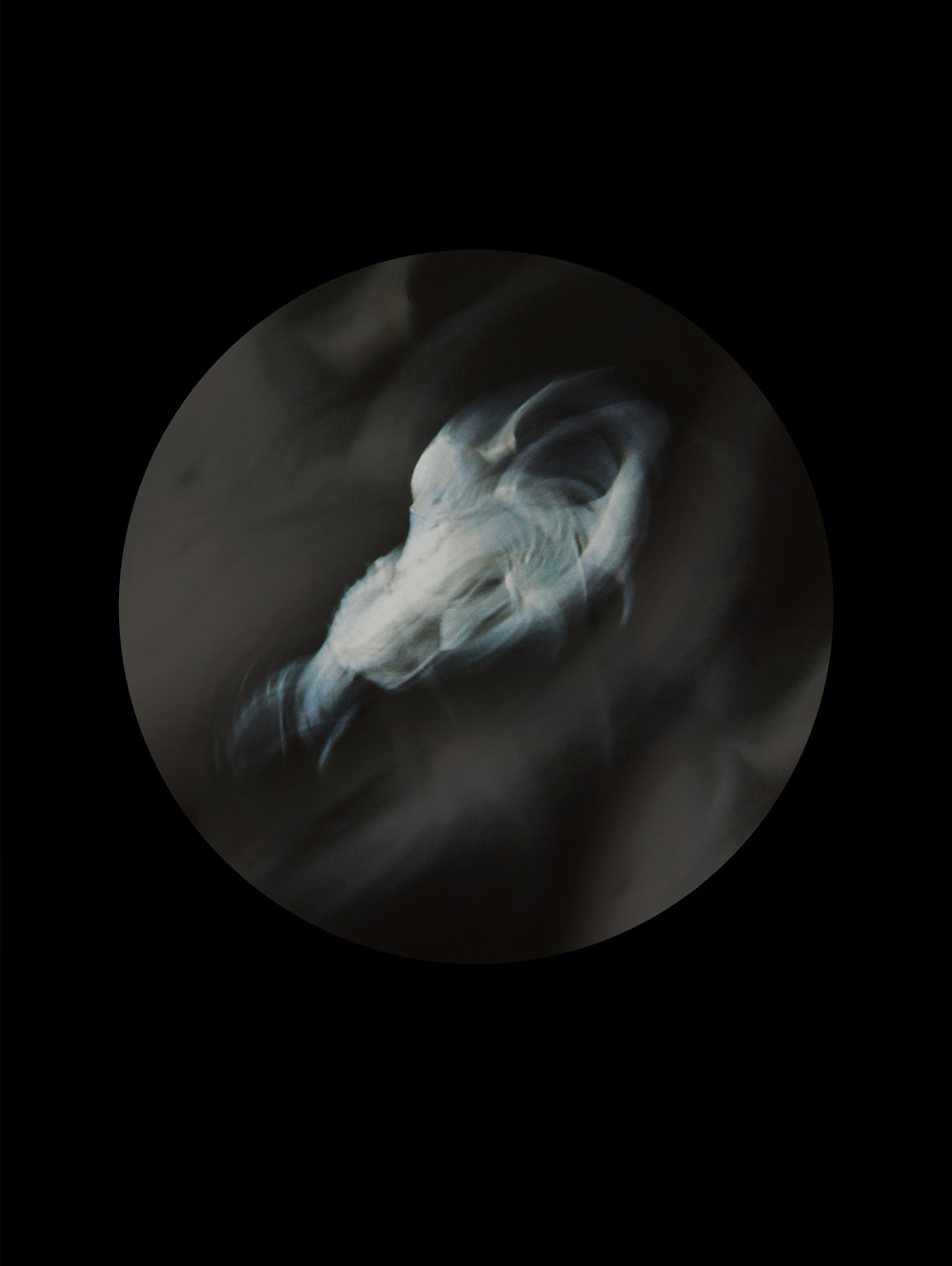
Plamacina retroversta ic. I, a specimen collected from Cobh shoreline, Cove of Cork, Ireland, was originally a white plastic horse
6-pack rings
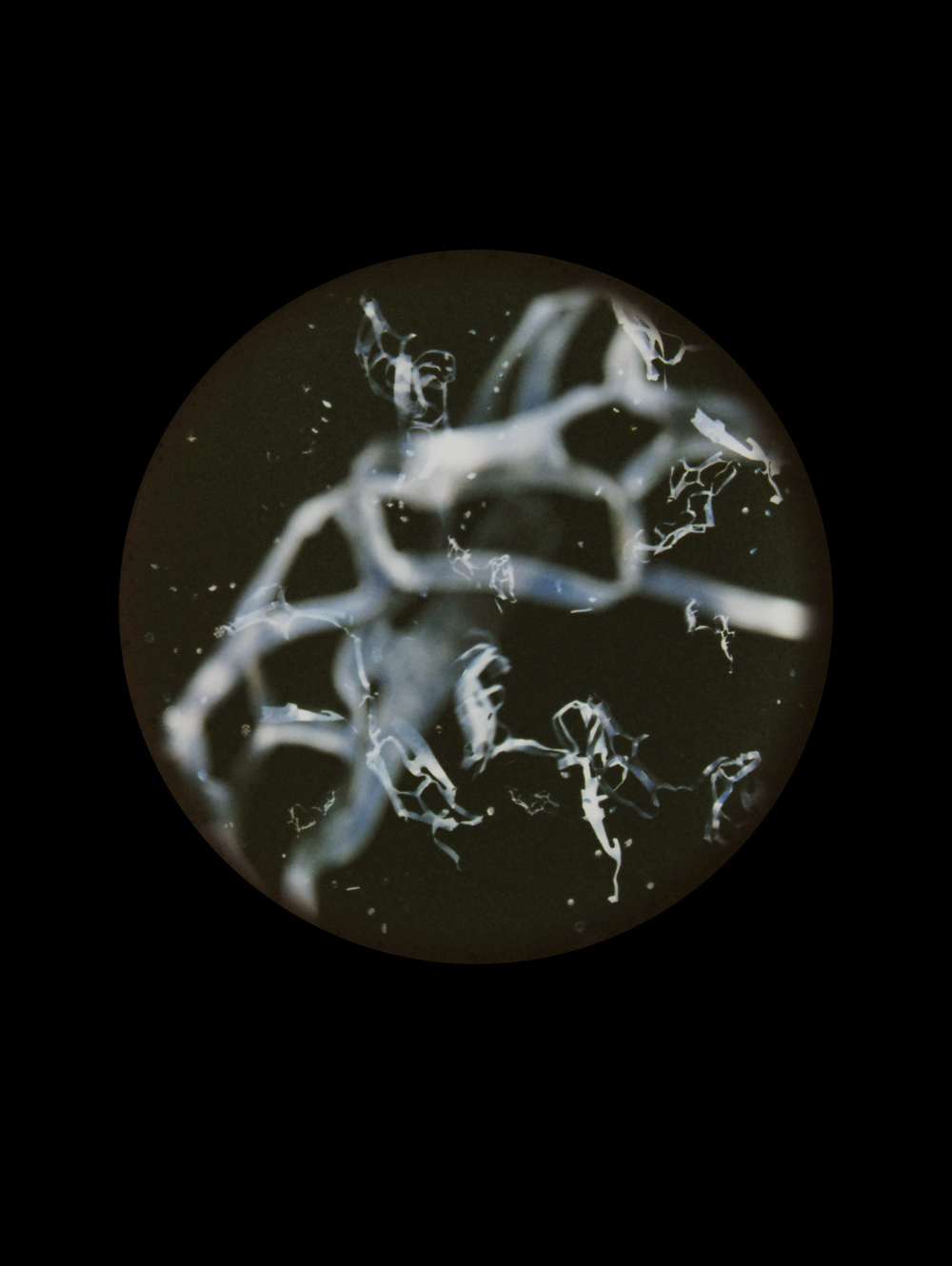
Copeopod langisticus, a specimen collected from Roche's Point, Cove of Cork, Ireland, was originally a six-pack plastic ring.
Get the world’s most fascinating discoveries delivered straight to your inbox.
Barbie beauty
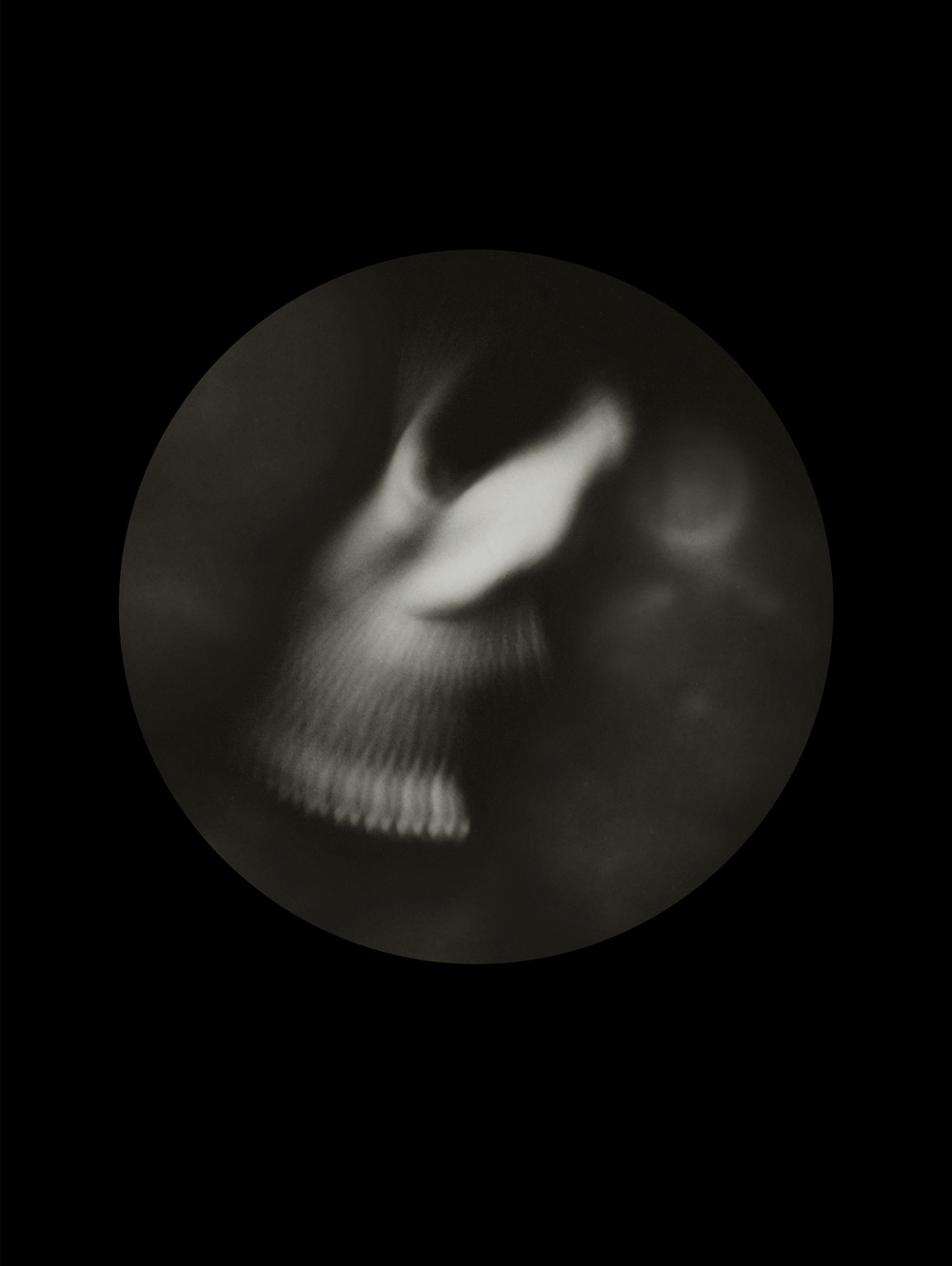
Plividas chloticus. In a past life, this sea creature was once the arm of a Barbie doll found on Fota Island, Cove of Cork, Ireland.
Wheelies
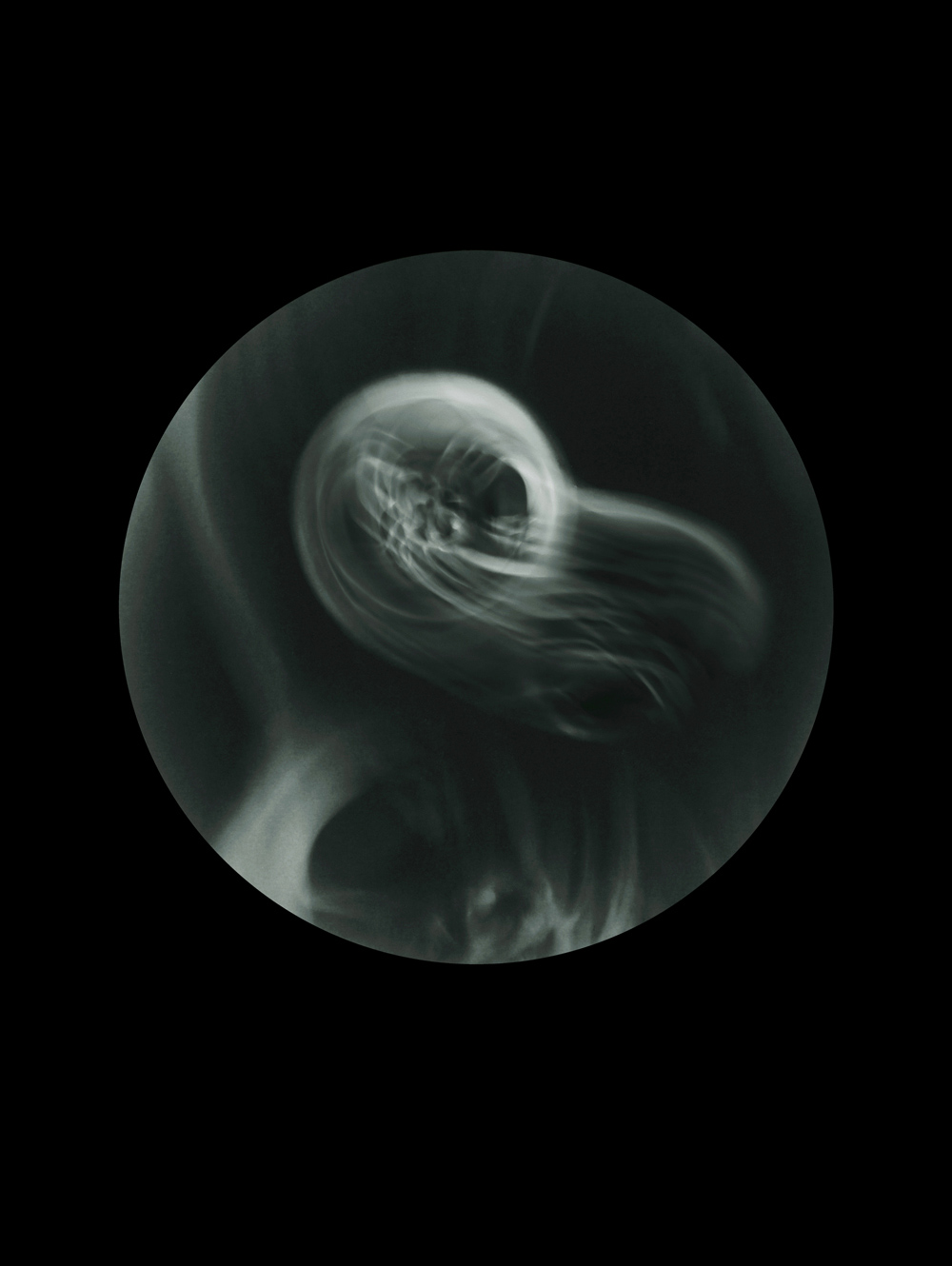
Phoronilasteri crae, collected from Whitepoint, Cobh shoreline, Cove of Cork, Ireland, was once a tricycle wheel.
Quirky creature
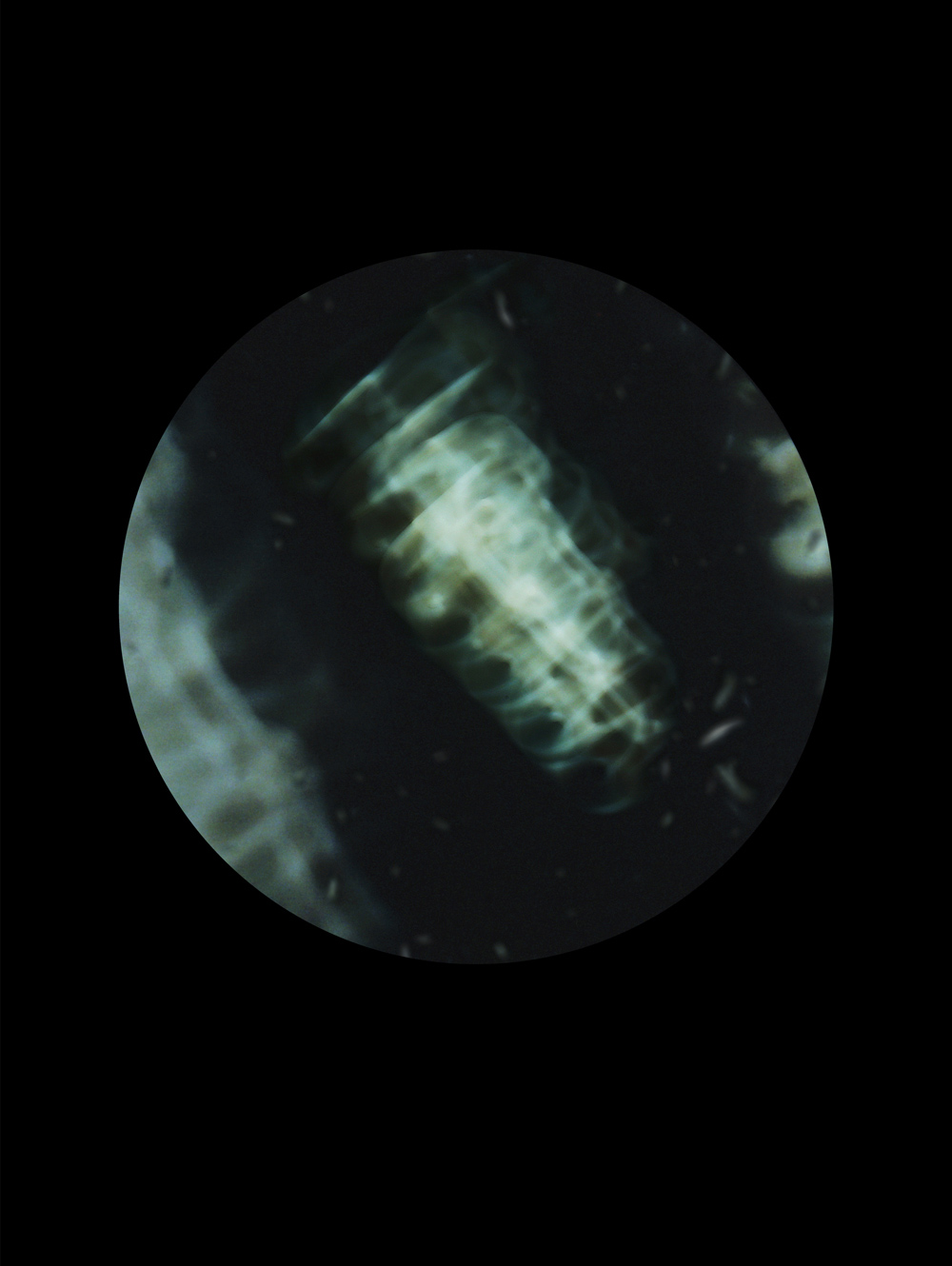
Dinoplage stellices, once a mobile phone case, has been transformed into a fantastical sea creature.
Shoe sole

Aureplia auristice, collected from Blackrock shoreline, Cove of Cork, Ireland, was once a humble shoe sole.
Electrified
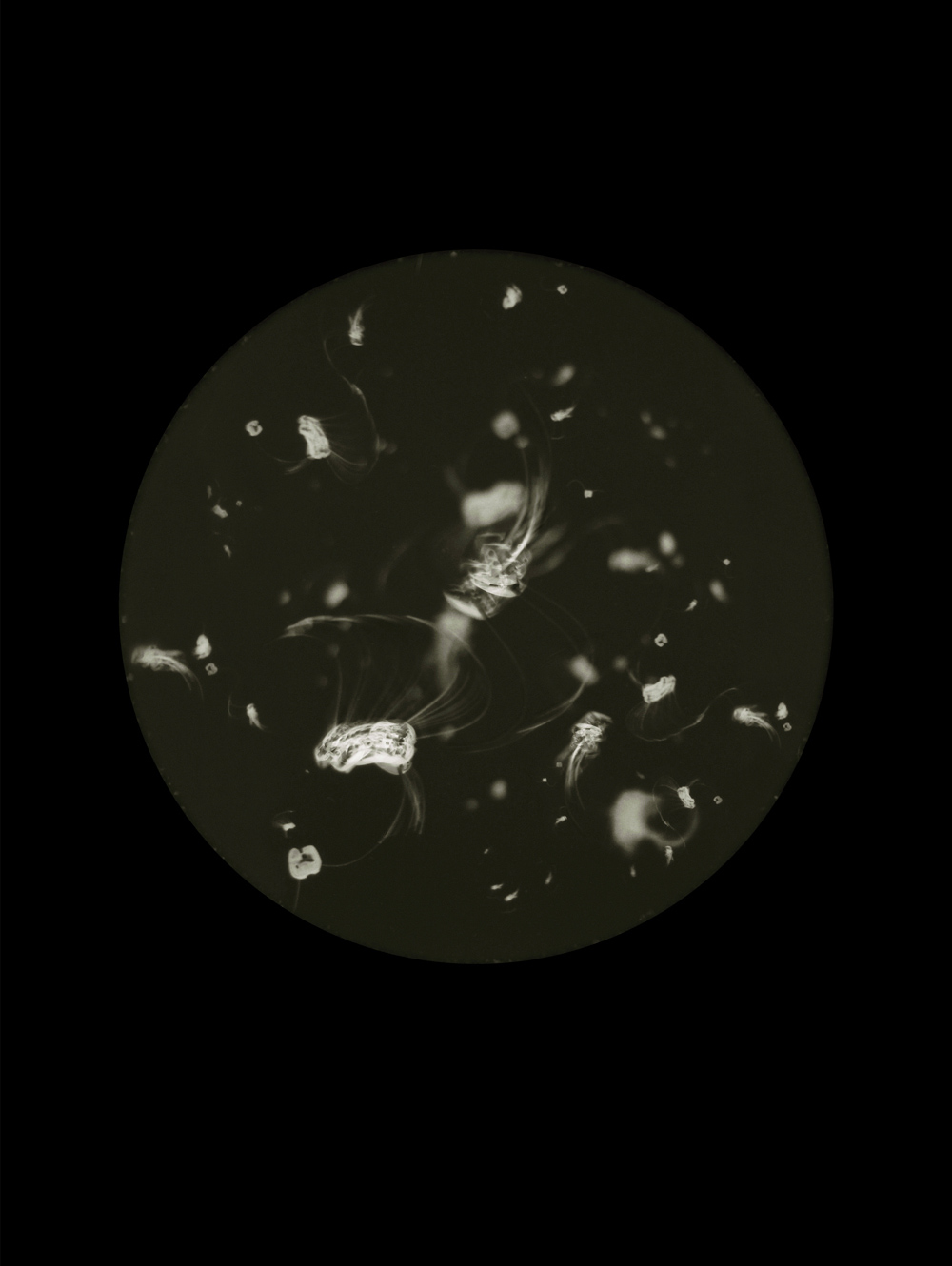
Heplandista ica, collected from Carrigaloe estuary, Cove of Cork, Ireland, was transformed into a fantastical plankton species from an electric plug and wire.
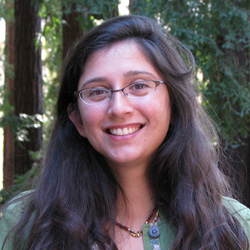
Tia is the editor-in-chief (premium) and was formerly managing editor and senior writer for Live Science. Her work has appeared in Scientific American, Wired.com, Science News and other outlets. She holds a master's degree in bioengineering from the University of Washington, a graduate certificate in science writing from UC Santa Cruz and a bachelor's degree in mechanical engineering from the University of Texas at Austin. Tia was part of a team at the Milwaukee Journal Sentinel that published the Empty Cradles series on preterm births, which won multiple awards, including the 2012 Casey Medal for Meritorious Journalism.


